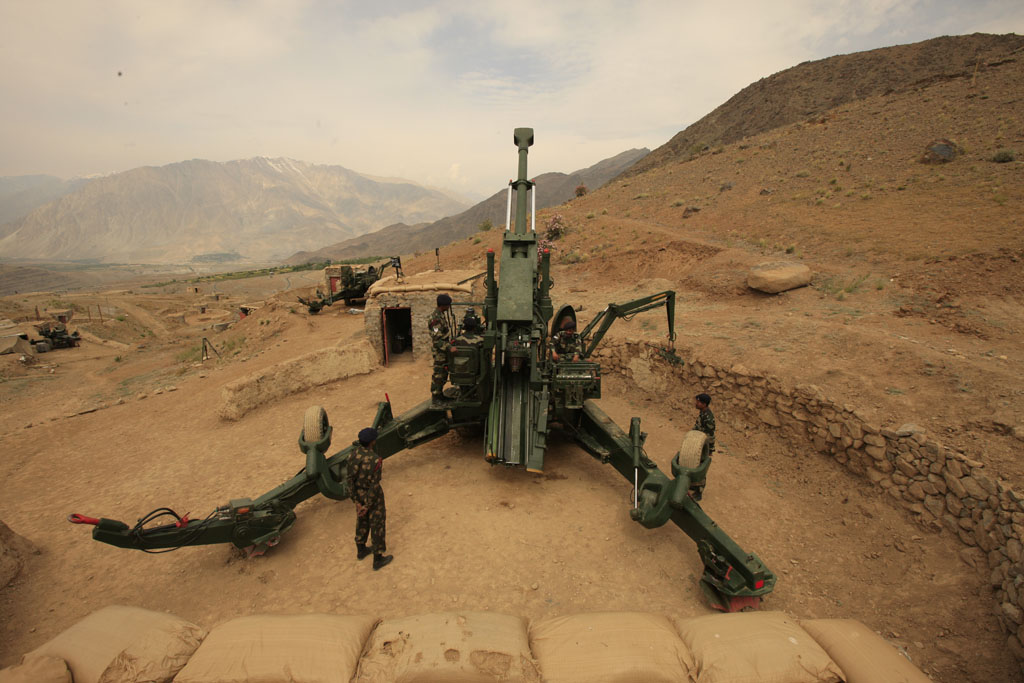While the government calls it a major reform, there is also a widespread resentment against the scheme.
By Shome Basu
The introduction of Agnipath scheme is a major shake-up for the three services of Indian armed forces and is going to change how they have recruited soldiers, airmen and sailors. The scheme is India’s version of Tour of Duty, a short period of service tenure from which only a small percentage can become lifetime servicemen.
During its eight-year rule so far, the BJP-led NDA government hasn’t shied away from introducing dramatic and drastic policy changes – many of which, whether it’s demonetization or the latest recruitment scheme, are unprecedented and fraught with high risks.
The new recruitment scheme will not change the way the armed forces select their officers’ corps. The recruitment of officers will still undergo the same process of permanent commission, a career till retirement, or short service commission, which allows a ten-year service with an option of four-year extension.
Agnipath is for the recruitment of soldiers, sailors and airmen. The Indian government has committed to recruit 10 lakh Agniveers – that is what Agnipath recruits will be called- over the years. It will begin with 46,000 Agniveers in the first year from an age bracket of seventeen-and-a-half till 23, just for this year alone. The upper age limit from next year will be 21. The job would be secured for four years with a post-retirement allocation of Rs 11.71 lakhs as monetary benefit. What happens next remains a vital question?
The government has called Agnipath a major reform with an earnest need for soldiers.
India remains in a frozen relation on its two troubled borders: China on its East and Pakistan on its West while Kashmir remains an ongoing crisis.
The announcement of Agnipath triggered major protests across the country which continued for several days as young aspirants blocked roads and rail tracks and demanded a rollback of the new recruitment scheme. The protests subsequently died down.
The protesters posed a valid question. What would Agniveers do when they retire after four years of service? While the government plans to absorb 25 percent of the best performing Agniveers into the armed forces, it leaves behind 75 percent young men who are trained in the art of war and weapons. The BJP ruled states were quick to offer concessions for those who will be retired from the armed forces after four years of service, promising to absorb them in their state police departments and also in central armed police forces.
It takes years for soldiers to be fully trained in the use of weapons and allied technologies and become a skilled rifleman or a gunner. In case of Agnipath, however, it remains unclear what exactly would these young men do as soldiers in specialized regiments like Signals, Armoured, Artillery, Engineering and Sappers.
It is important to look at this unprecedented recruitment in the context of what has happened in the turbulent past. India and Pakistan have been each other’s arch-rivals since their independence from British rule in 1947. The wars followed, first within months of independence of the two countries in the winter of 1947 over Kashmir. The second in 1965. The third, a limited one, in 1999 in the wilderness of Kargil. India had another war with China in 1962.
With India facing uncertainty on borders, it is advisable to have armed forces which would be fully-trained to take on major challenges and soldiers who remain fully-trained for all types of warfare: whether in the icy-cold mountains, rugged jungles or urban alleys. Is four years a good enough time to train the soldiers for such hostile terrains?
Yes, with young soldiers you can build an agile force but would they be battle-hardened and trained enough to fight in major arenas? What happens in case of a two-pronged war? Will these young men be ready to prove their mettle as soldiers, knowing that their services are the shortest government jobs.
When India achieved freedom from the British in 1947, the first thing the designated Prime Minister did was to occupy the Flag Staff House. It sounds a bit symbolic but Jawaharlal Nehru wanted to keep the armed forces away from the newly formed ‘democratic’ setup. Just a year before, in 1946, on 12 September, Nehru had written a strongly-worded letter to the then Commander-in-Chief Claude Auchinleck about the need of army reforms, targeting the idea of martial race, and initiating mixed recruitment.
The British Indian army was shocked by Nehru’s letter, but Auchenleck understood what he wanted to convey. A year later, Auchenleck left his quarter in New Delhi.
With an army inherited with martial race theory, the Indian government was in a hurry to create mixed battalions and cross out the word martial from the Indian military lexicon. This was the first reform although General Thimayya and many other senior officers rejected the new move.
Next was to make the army an apolitical section of the government while all the decisions in the democratic India were to be taken by the politicians. Nehru wanted to keep the armed forces away from politics because he anticipated a coup d’état at any stage.
When General K.M. Cariappa took over as C-in-C in 1949, he passed a stringent order to services to stay away from politics even as he did not tinker with the idea that the politician will direct the armed forces.
Cariappa said: “Politics in the army is a poison, keep it off.” That’s how it remained all these years.
Shome Basu is a New-Delhi based senior journalist.
